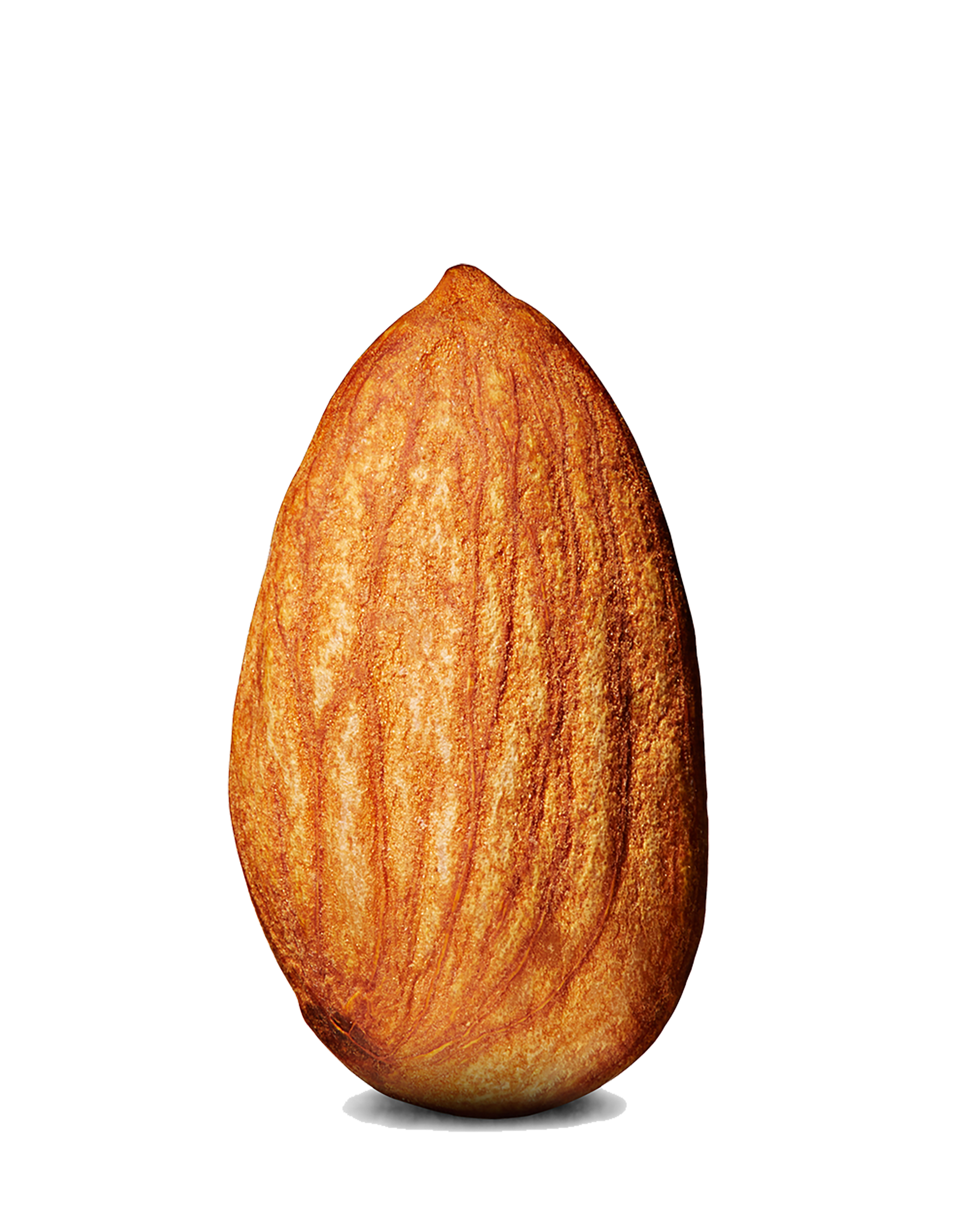
In the summer of ’15 California was in the worst stages of its drought. My mother was in the process of making our front and back lawns “eco-conscious,” landscaped with rocks and desert plants that do not require watering. Our lawns weren’t suited for it, I told her. It’s going to look ugly, I said, and we’ll never be able to picnic on the front lawn like we did when we were little. We hadn’t picnicked on the lawn in years but somehow this felt like a critical defense. The front lawn was my childhood; it was “Mother May I” and Freeze Tag and lemonade stands in the summer where we’d sell bitter lemonade and too-sweet cookies for 50 cents each. But the drought had worsened and as an upstanding citizen my mother had decided to make the change despite my grievances, both aesthetic and emotional.
I was working at a sleepaway camp that summer and the drought became The Drought, a notorious name that was our friend when we needed someone to blame, no matter how irrelevant (“Why did you guys ditch Sports?!” I’d ask. “Because we’re in a drought!” my campers would exclaim) and our mortal enemy when we had Tuesday barbecues on The Hill. We’d sit down (on what used to be lovely, lush green lawn) and get up to throw away our paper plates with dirt and dead grass stuck to our asses and the backs of our thighs. We told our campers to take shorter showers but still made them chug multiple glasses of water at every meal.
It became normal for me to have to ask for water at restaurants instead of expecting a waiter to bring a pitcher as soon as I sat down. I’d always turned off the water while brushing my teeth but now did it with more conviction. Driving around Los Angeles, I was surrounded by unwashed cars bearing bumper stickers that read “I’m not dirty, I’m drought chic!” and “Dirty car, clean conscience.” We were all in it together; it was ingrained in the collective California consciousness that one must do everything they could in order to conserve water and help drag us out of The Drought.
When I came to Princeton I discovered an affinity for almond milk. I’d order it with my iced coffees at Witherspoon’s and East Pyne Café. I concluded that Jammin’ Crepes’ Almond Milk Cappuccino was my caffeinated drink of choice, and with that my consumption of this non-dairy milk alternative occurred at least three times a week. It wasn’t until this summer when someone posted an article on my friend’s Facebook wall about Starbucks’ addition of “almondmilk” to their menu and another Californian friend commented that “almonds are the reason for The Drought!!!” (it takes 1.1 gallons of water to produce just one almond and California produces 82 percent of the world’s almonds) that I realized perhaps I hadn’t quite internalized The Drought as much as I had thought. Maybe it was the distance from home, or the fact that waiters at restaurants here in Princeton do bring pitchers of water to you as soon as you sit down, or the fact that the grass is green and it rains a decent amount (and not just in the winter). But I haven’t stopped drinking my almond milk caps and I don’t plan on stopping any time soon. It’s not that I no longer care about The Drought or that I prioritize almond milk over the environment. It was more that once I left California, The Drought reverted back to the drought, an obscure and almost fabled phenomenon that existed in an entirely different universe. I’m a little ashamed to say it, but sometimes when standing in line at Jammin’ I’ll think about how much water it takes to make an almond milk cappuccino. I’ll think about that summer, about the days when nearly every decision I made was a socially- and environmentally-responsible one. Then I’ll put it in the back of my mind and order the drink. After all, my showers are already as short as they can be and my front lawn is already relandscaped.